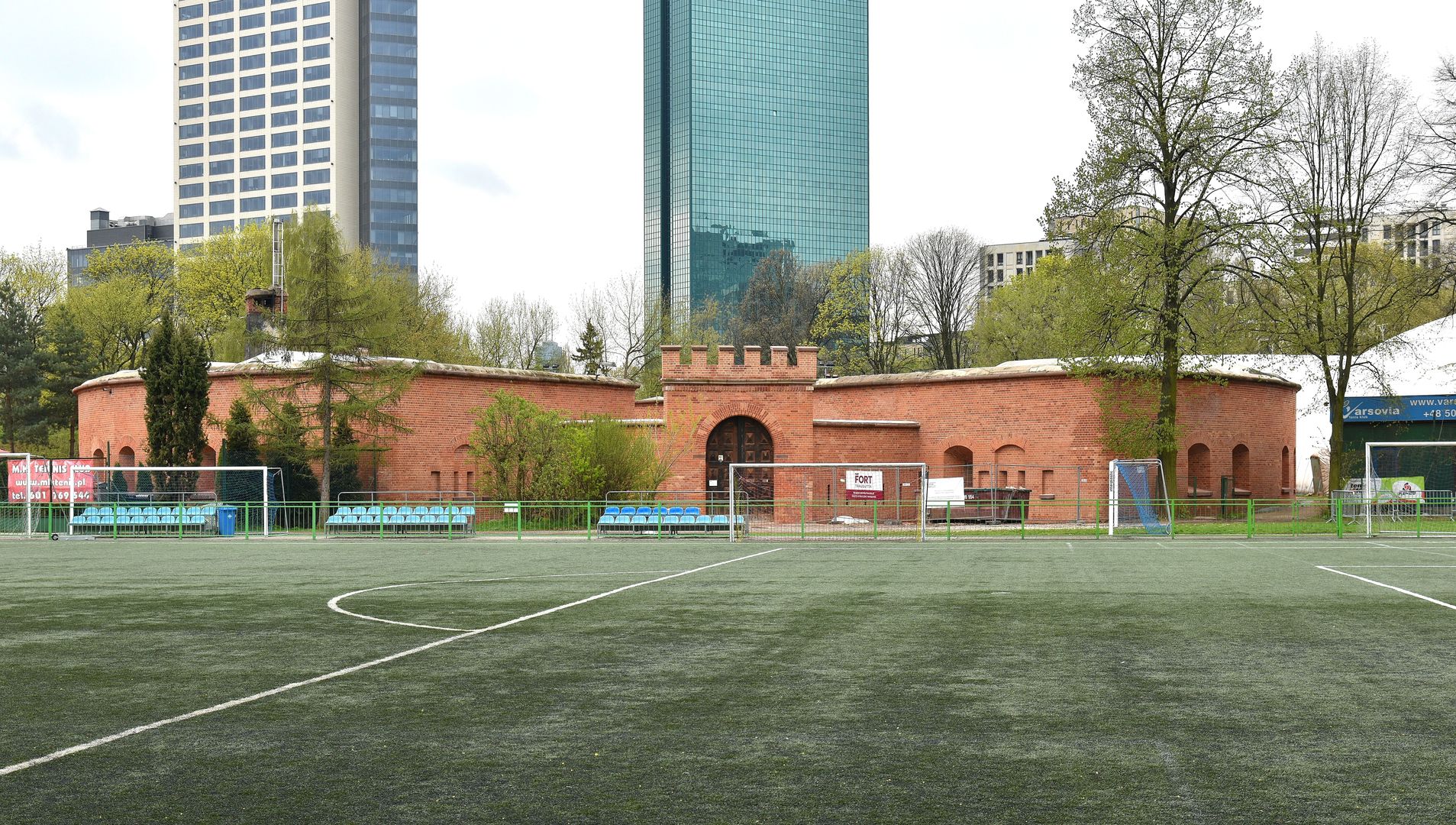Fort Traugutta of the Warsaw Citadel
6.53

Overview
Fort Traugutta, also known as Fort Romuald Traugutt, is one of the forts of the Warsaw Citadel, built between 1847 and 1849. Initially named after Alexei, and later after Berg, the fort was part of a larger defense system designed to support the insufficient defensive capabilities of the Citadel itself, which was constructed in the 1830s. Architecturally, the fort consisted of a large brick artillery emplacement and slightly later brick-earth fortifications in the form of a lunette, surrounded by a dry moat defended by caponiers. During the modernization of the fort between 1864 and 1874, a number of improvements were introduced to enhance its defensive capabilities.
An important moment in the history of Fort Traugutta was World War II, when an anti-aircraft platoon was stationed there in September 1939. Today, the fort is located in Janusz Kusociński Park, which is part of a larger park complex that includes Romuald Traugutt Park. The fort is a unique element of Warsaw's urban landscape, being the only preserved fortification around the Citadel that retains fragments of its earthworks. In 1965, it was entered into the register of historical monuments, highlighting its historical and architectural significance. Fort Traugutta is an interesting point on the map of Warsaw, attracting history enthusiasts and those interested in fortress architecture.
Location
Tickets
Powered by GetYourGuide
2025 Wizytor | All Rights Reserved